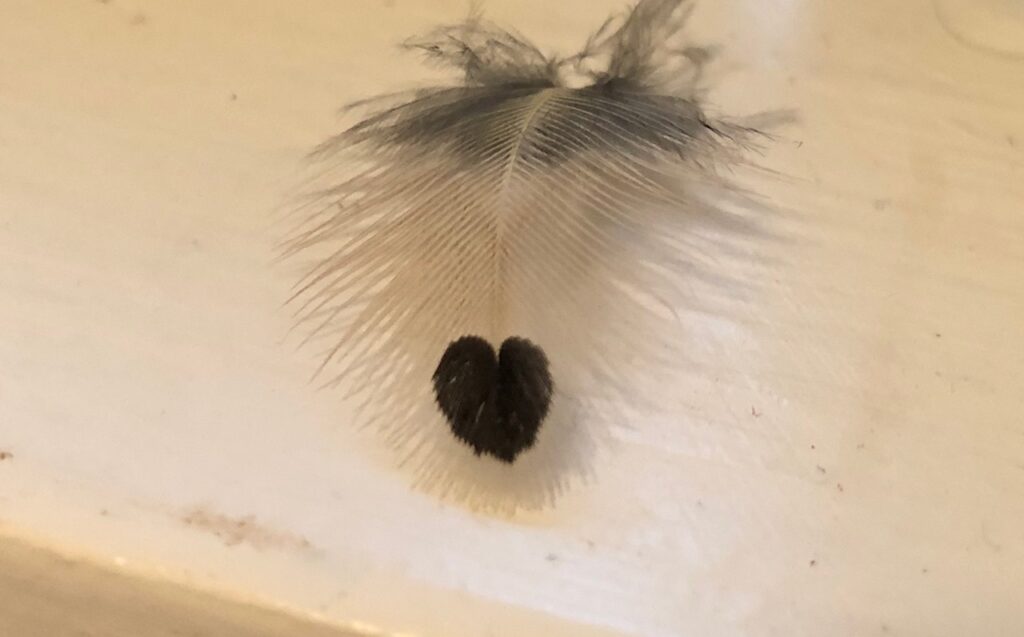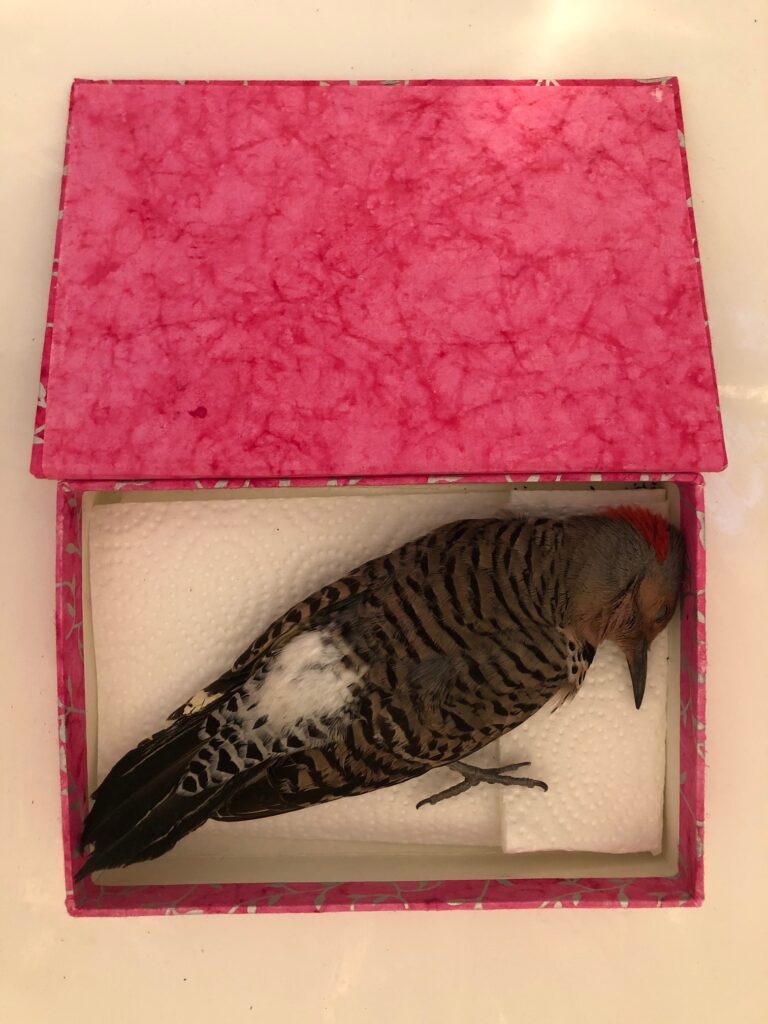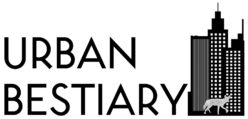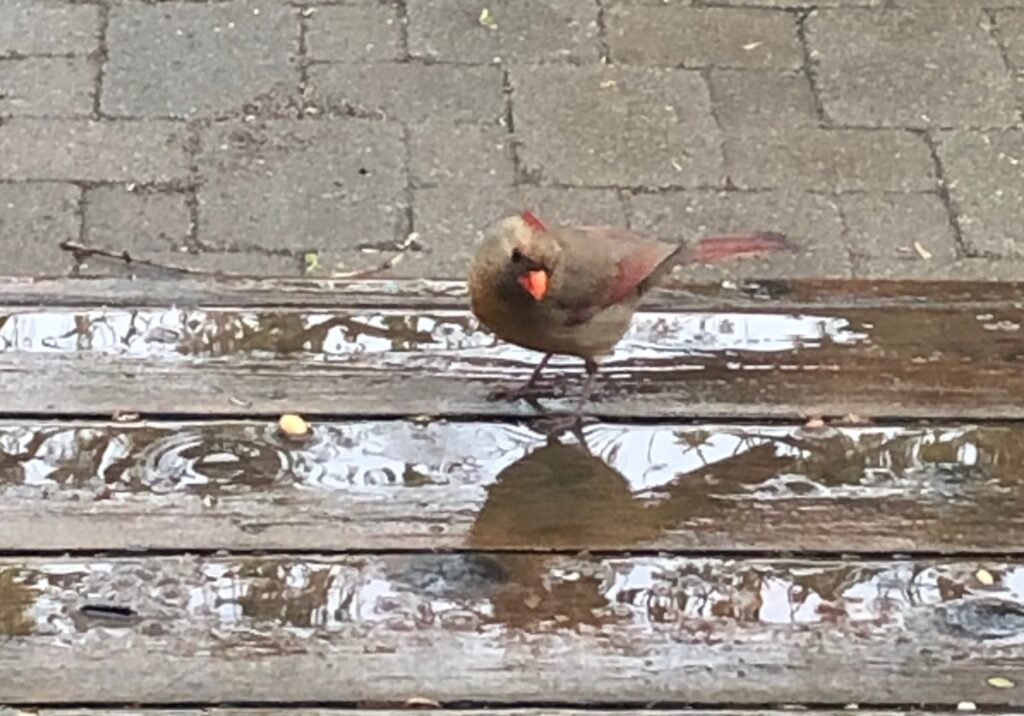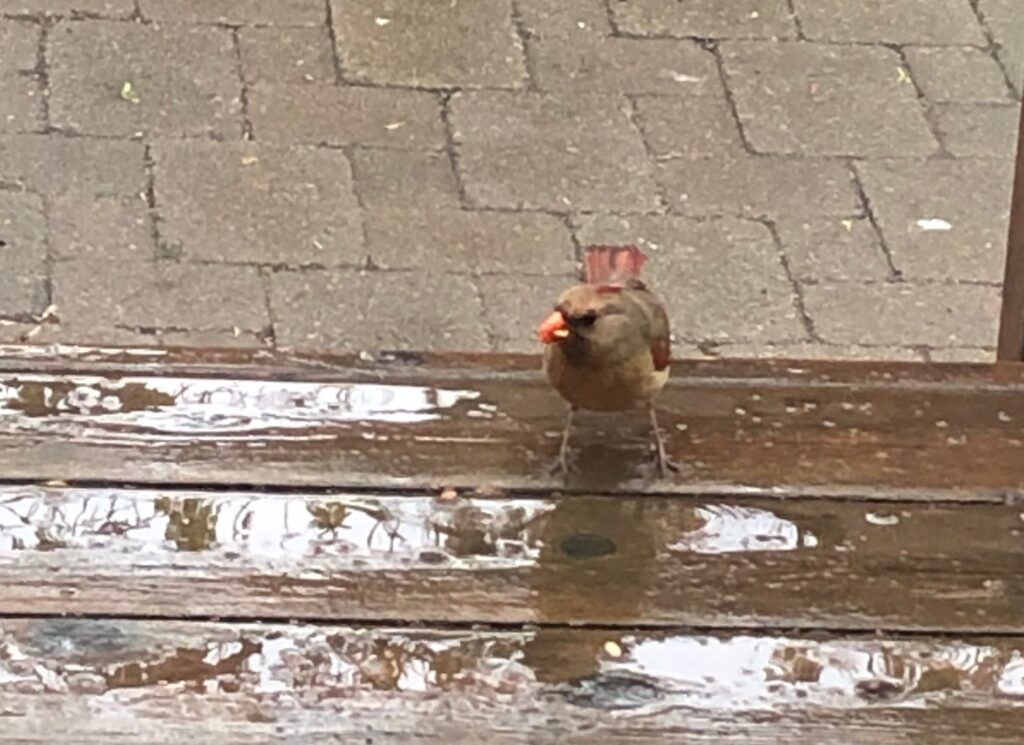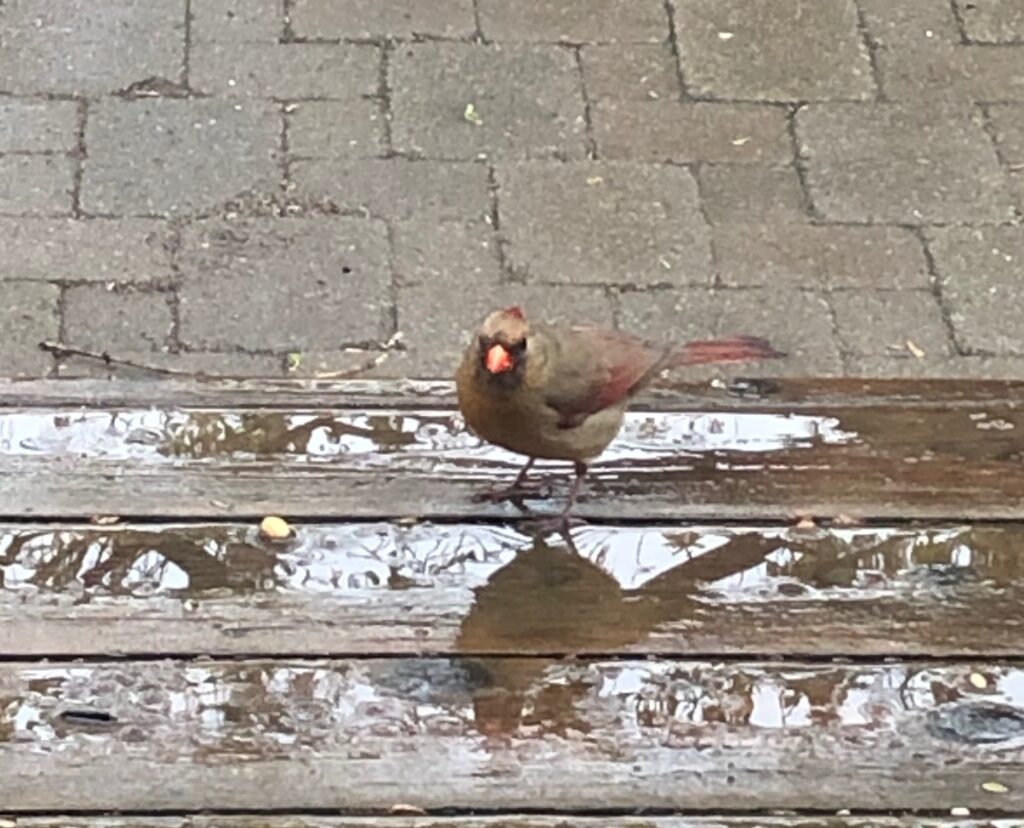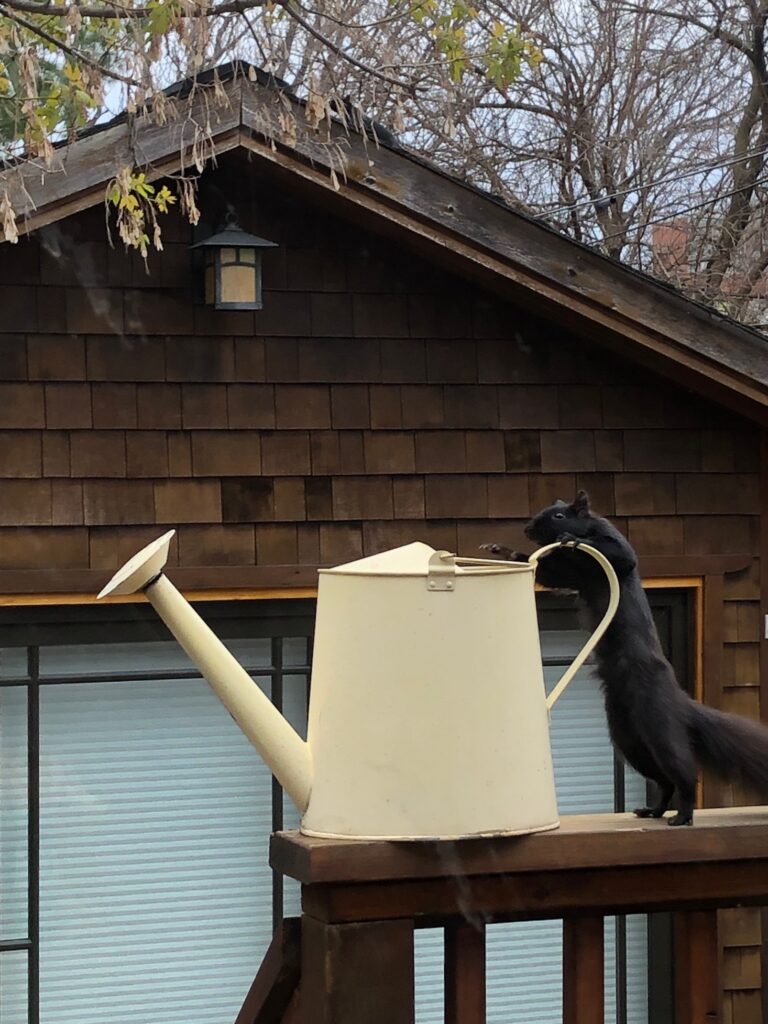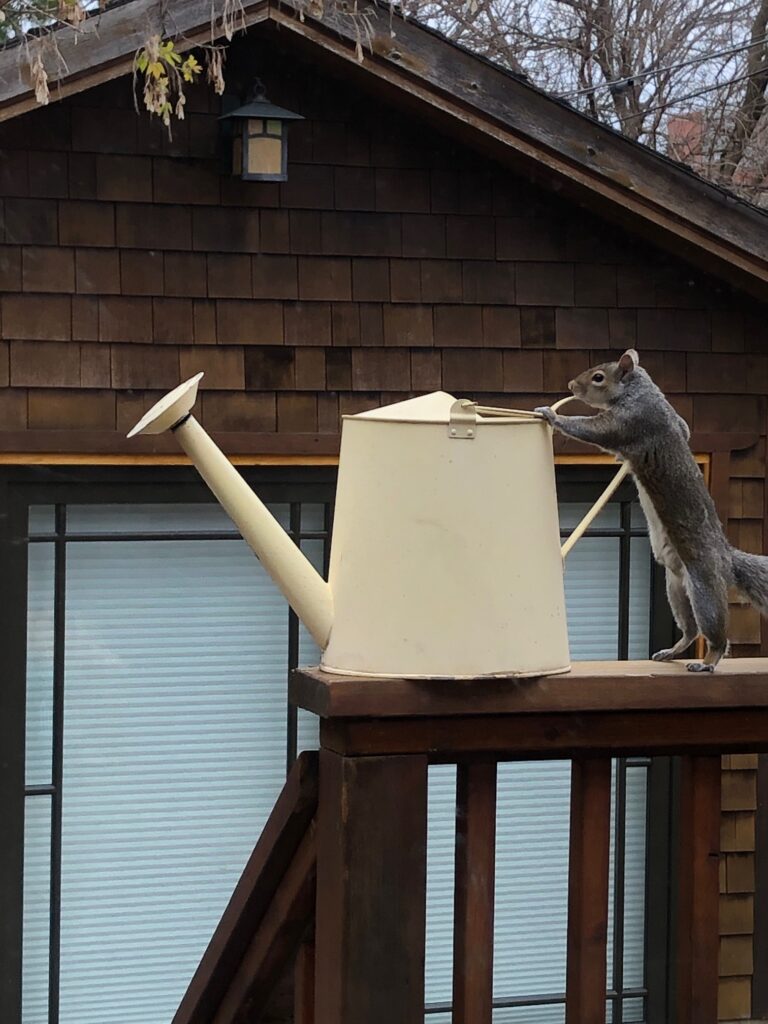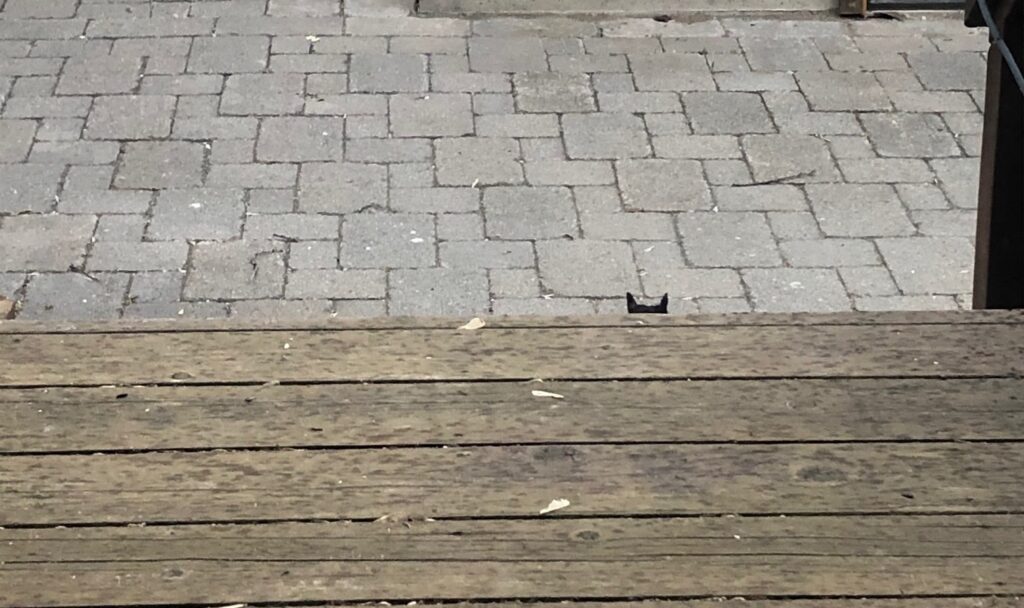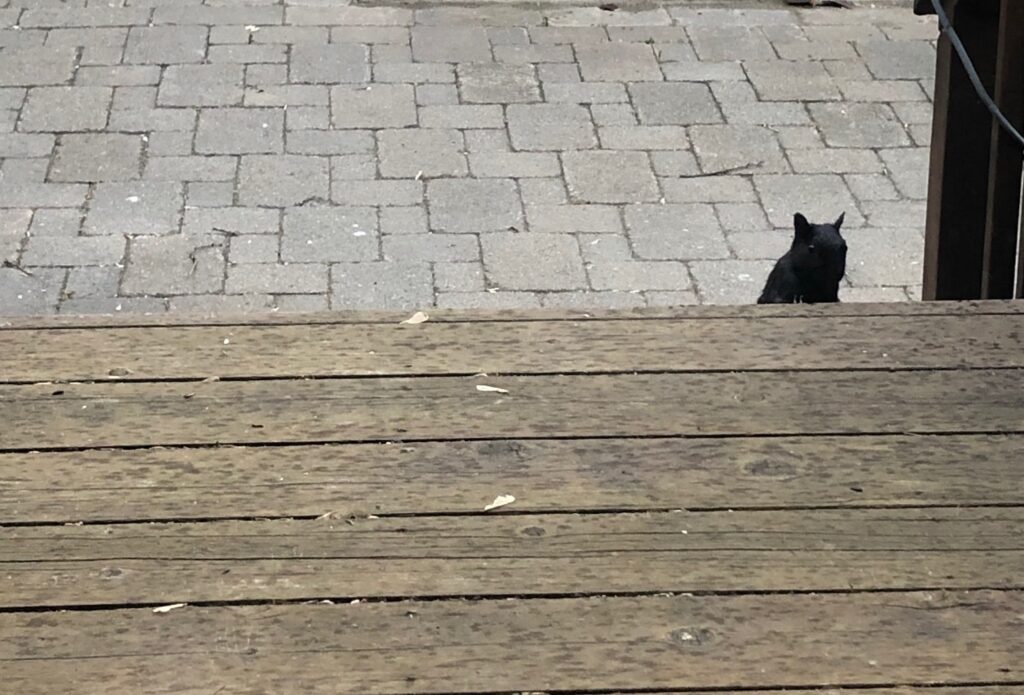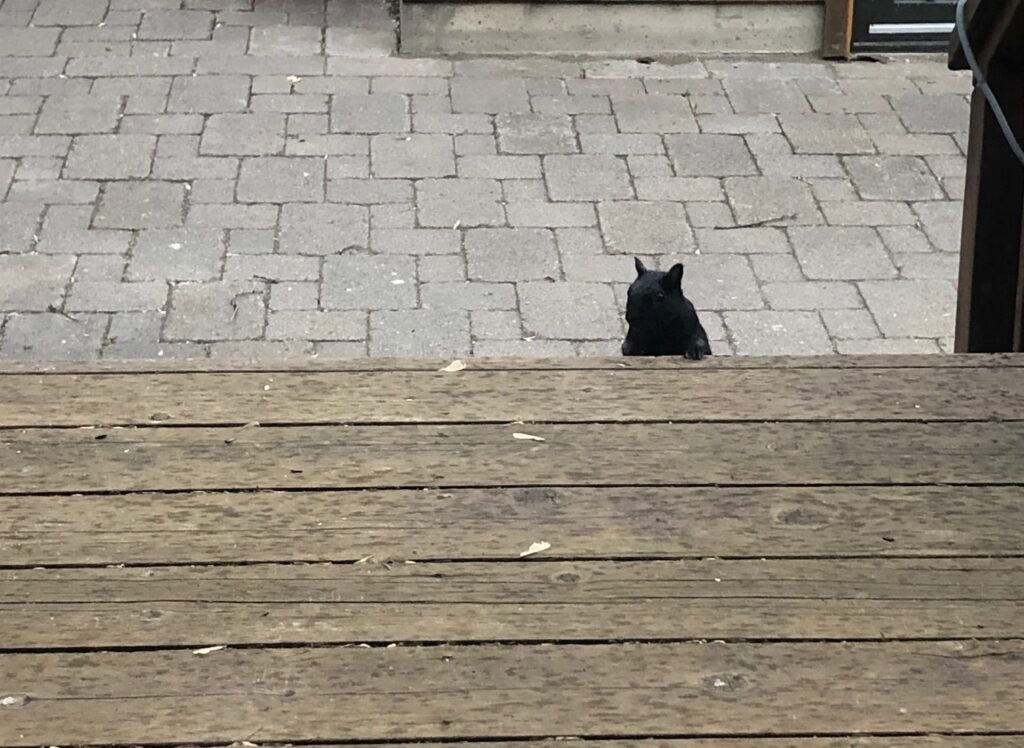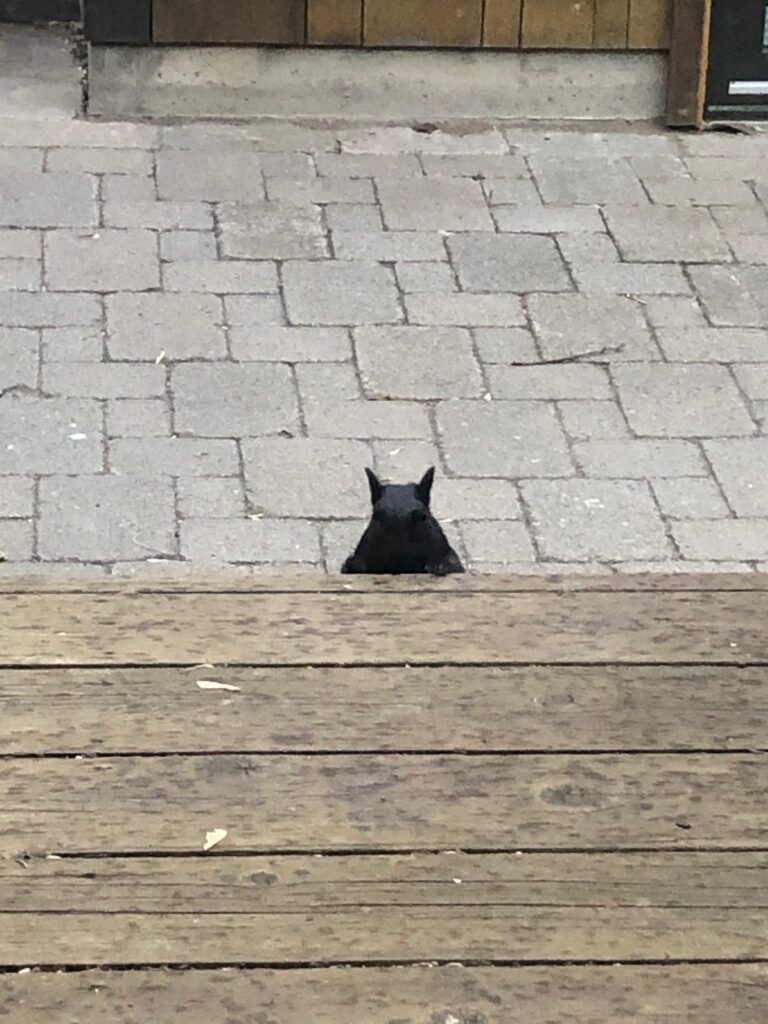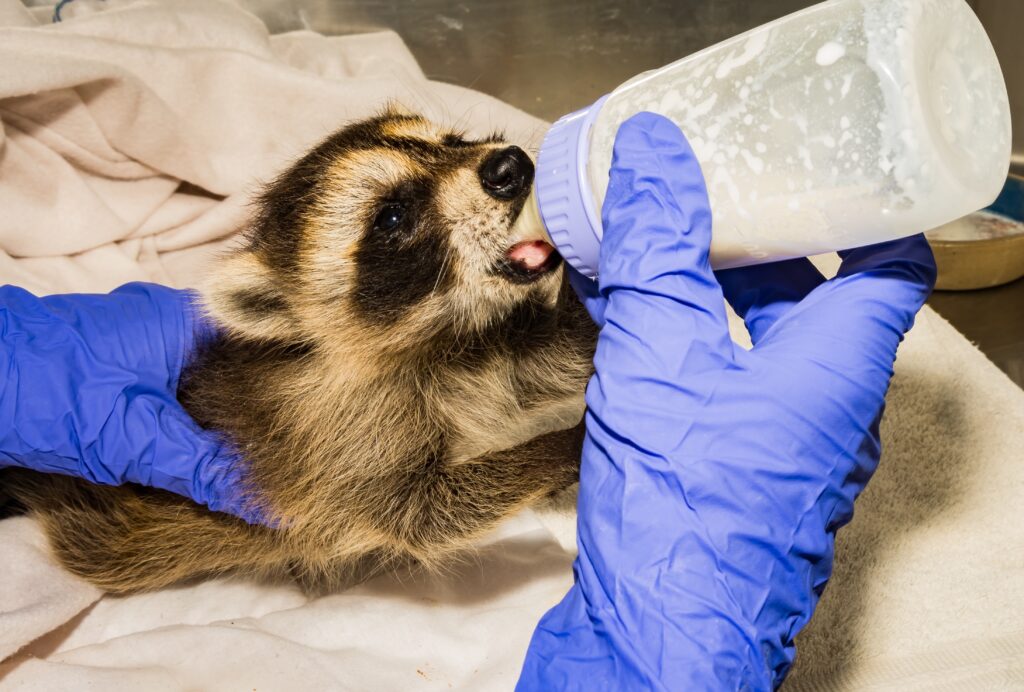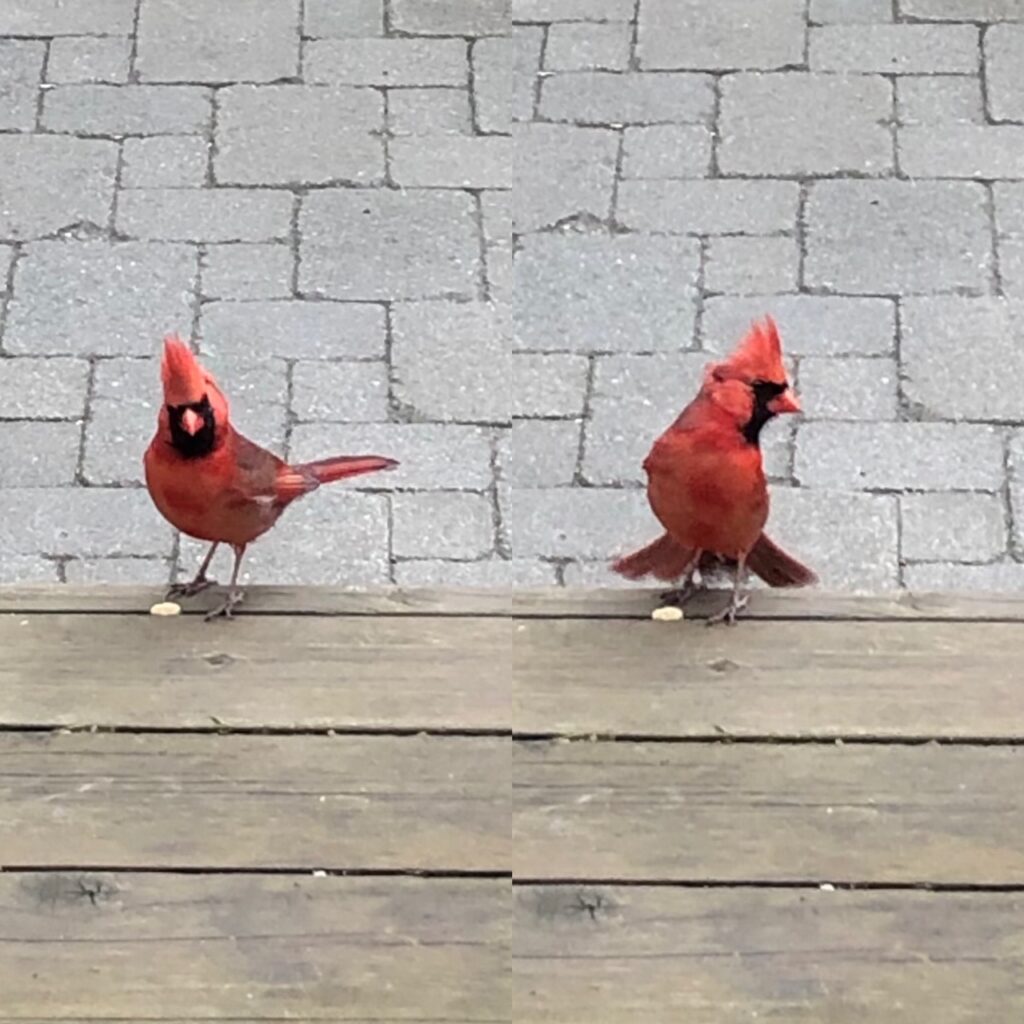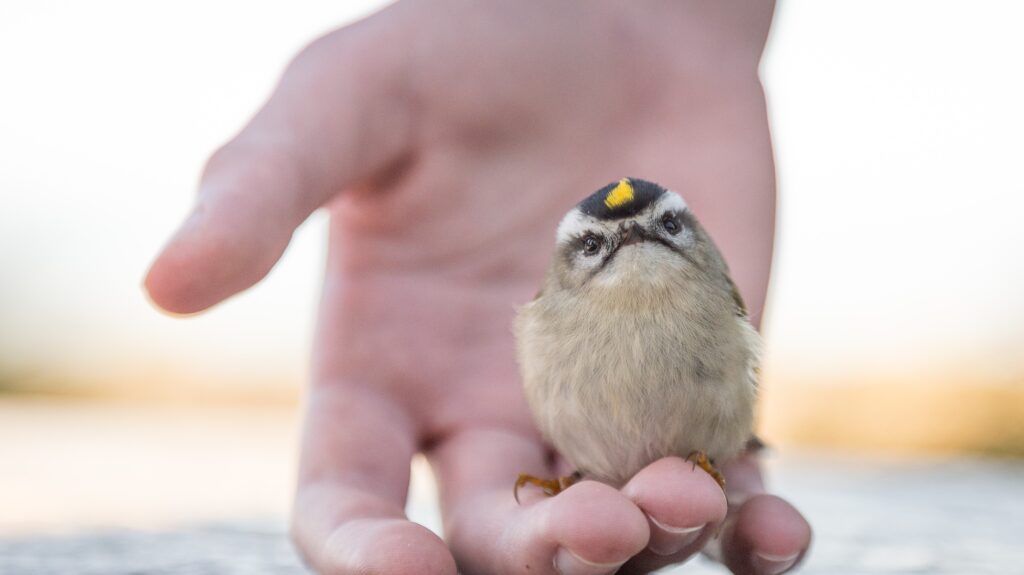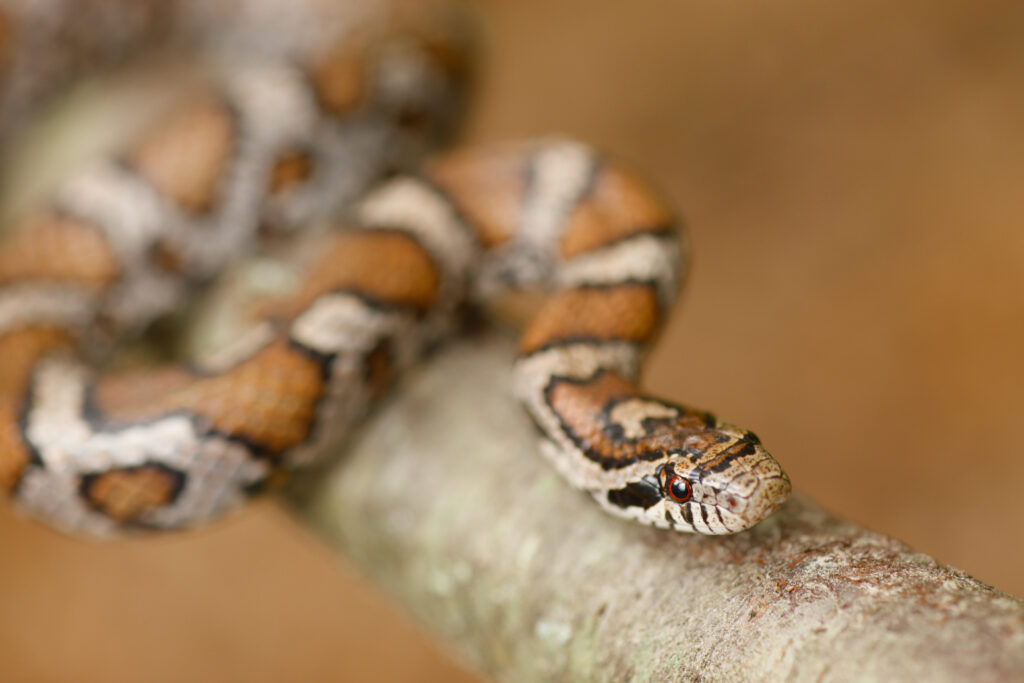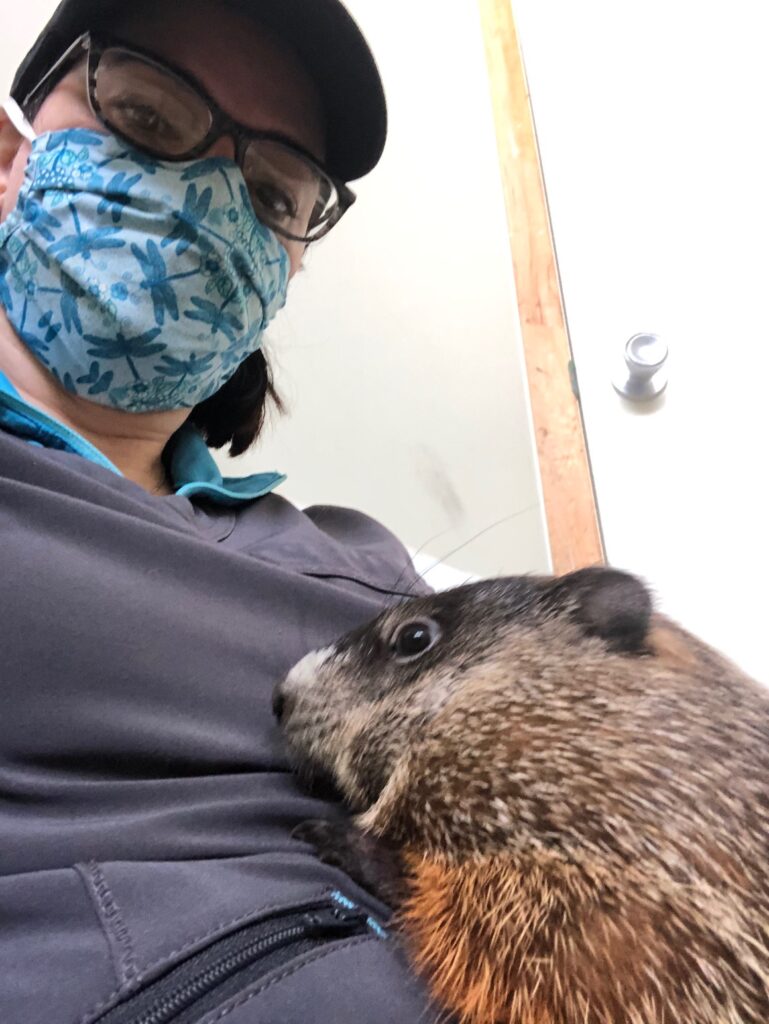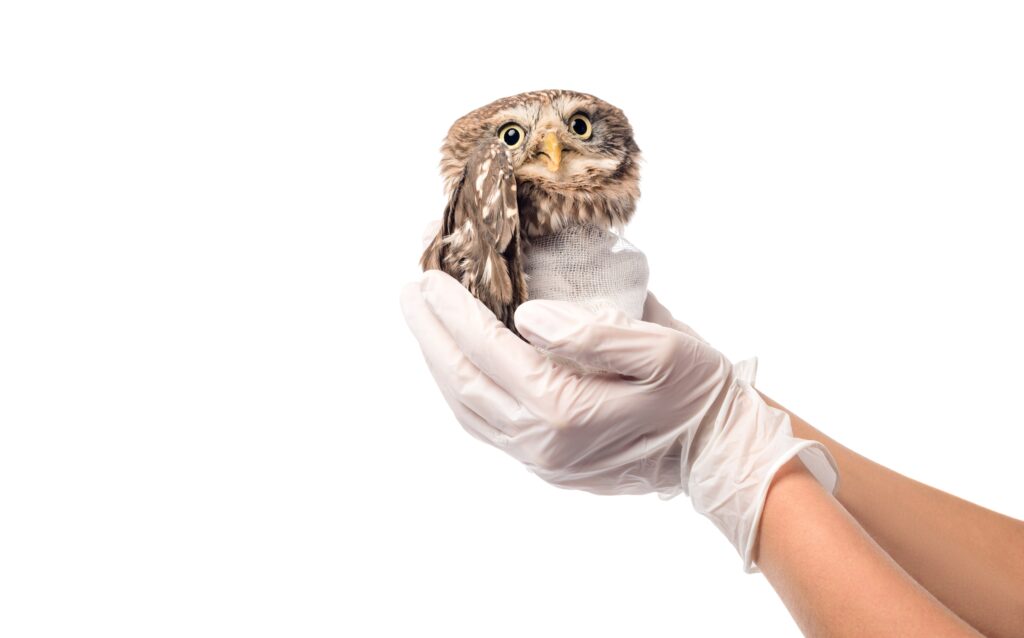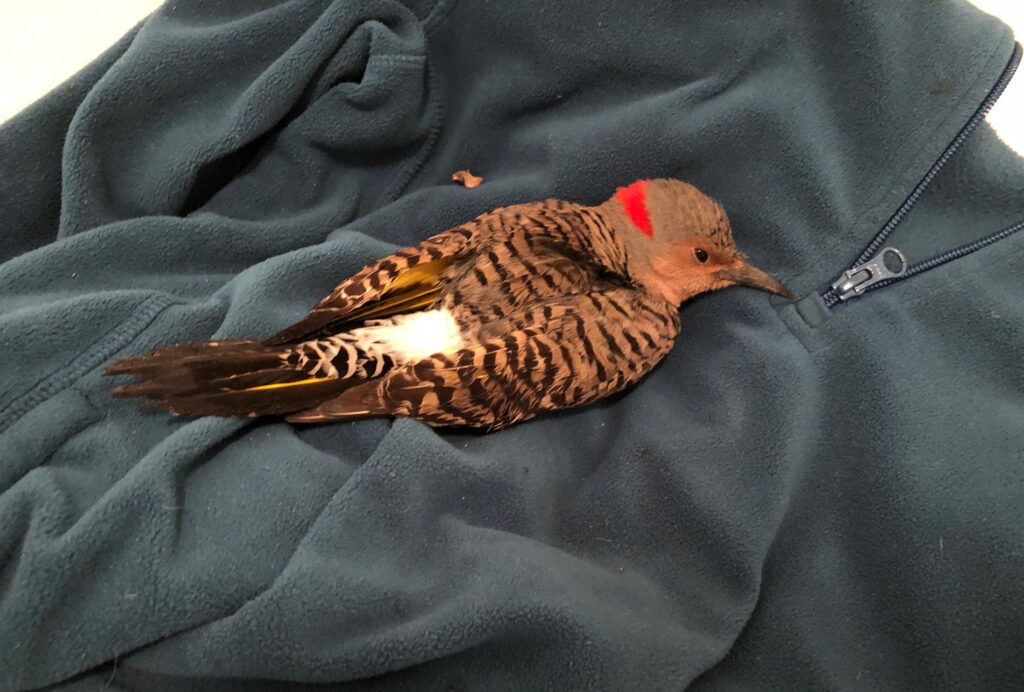
Yesterday evening around this time, I posted this to Facebook:
“Well, now I have a birdie in the bathtub. This little beauty (a Northern Flicker) was attacked by a crow in my back yard this afternoon. I couldn’t find her at the time. Then hours later I saw her. She can’t fly. As soon as she was warm, safe, and left alone in my bathtub, on my fuzzy sweatshirt, tub draped over with towels, she promptly tucked her head into her wing and fell asleep. We’ll see how she’s doing tomorrow.”
Earlier in the afternoon, I heard a squawking rukus in my back yard, and got up from my desk and went to see what the noise was about. I saw a crow see me, and fly off of a bird (I thought) it was holding. Strange, as I never see crows or any kind of corvid in our yard.
As soon as the crow flew a short distance away (I think I startled it but it would have gone back if I had not gone outside), I saw the creature hop away. I went out to investigate, but I couldn’t find it at first. The crow flew away.
Later in the evening I saw it outside the garage. It was a beautiful Northern Flicker, with gorgeous red head, yellow under her wing and tail feathers, rich brown back feathers with a clear white spot where her tail started. She was hopping around but couldn’t fly.
I captured her gently in a soft fuzzy sweatshirt and brought her inside. I set her up in the bathtub with soft sweatshirt, and a dish of water and of bird seeds. I covered the tub with towels to make it dark and quiet for her. She promptly tucked her head into her wing and fell asleep.
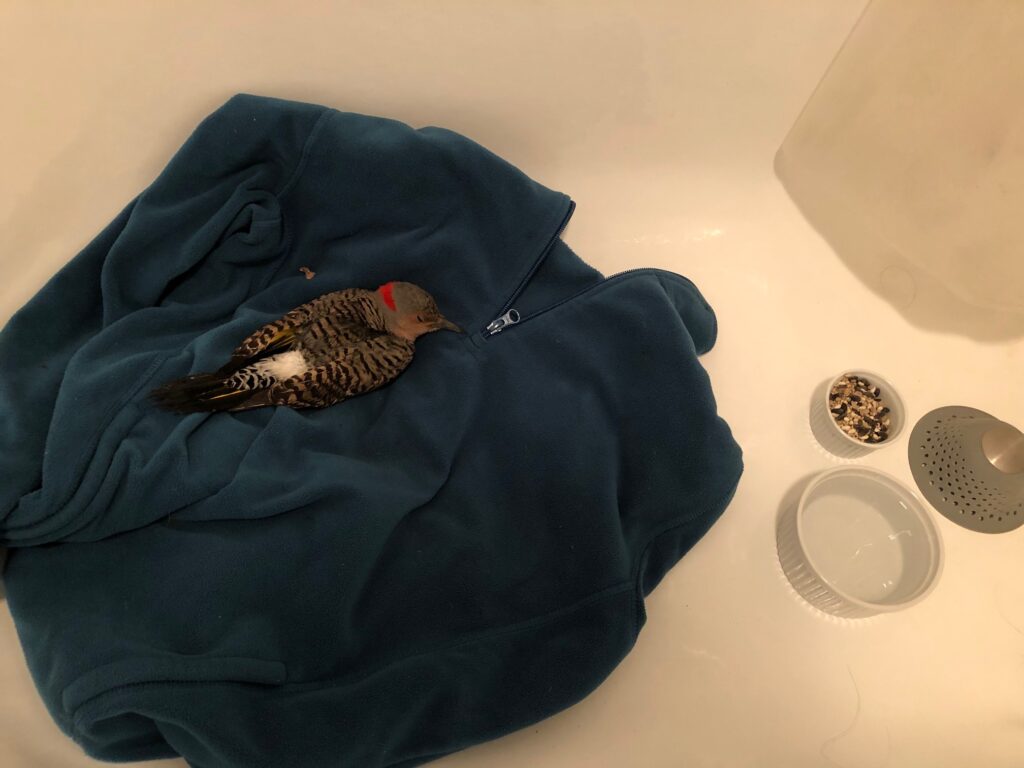
She slept for about an hour, I think. I checked on her multiple times over the next few hours, and she was awake when I went to bed at 11pm.
Sadly, she didn’t make it through the night.
It really bummed me out. I felt so badly that I couldn’t help her.
I am grateful to her for the chance to examine her beautiful little body after she died – gently and respectfully. I carefully opened each of her wings. Perfect. Nothing seemed broken. I examined her body, front and back. Softly moving aside her feathers. No wounds that I could find. I was perplexed.
What happened to this beautiful bird that killed her? Internal injuries? Extreme stress? I couldn’t find an external reason for her death. At first.
I placed her on clean paper towel in a beautiful pink cardboard box that once held small boxes of tea. It was the perfect size for her. I didn’t have the heart to dispose of her right way, so I left the box in the cleaned bathtub for the day.
Later in the evening I was able to examine her again. And I found it!
Her back was broken. I looked up bird anatomy and skeleton structure and it looks like her back was broken around the caudal vertebrae and pygostyle. That is, right at the base of the spine, where the tail attaches to the back.
I am sad she died and yet very grateful for the lesson – the teaching she gave me. I wanted to help her but I couldn’t, and in the end she gave me that gift.
